Myobrace for kids is a preventive orthodontic treatment that addresses the underlying causes of crooked teeth, often without the need for braces or extractions. This approach focuses on correcting poor oral habits that are known to be the root cause of improper dental development. It involves a series of removable dental appliances that are worn for one to two hours each day and overnight while sleeping.
The Myobrace system is designed to work best for children between the ages of three and fifteen, taking advantage of the natural growth period to encourage the proper development of the jaws and alignment of the teeth. By training the tongue to rest in the correct position, encouraging proper nasal breathing, and promoting the correct jaw development, Myobrace aims to improve the dental health of children.
In addition to straightening teeth, the use of Myobrace can lead to better overall oral hygiene, as well as improved facial development and function. Its non-invasive nature makes it a favorable option for many parents looking to address their child’s orthodontic needs early and effectively. As with any medical or dental treatment, the results can vary based on the individual child’s compliance and the specific nature of their dental issues.
Reader's Roadmap
What Is Myobrace?
Myobrace is an orthodontic treatment system designed for children that combines myofunctional research with a progressive appliance therapy. It aims to address the underlying causes of crooked teeth, often without the need for braces or extraction.
Origins and Myofunctional Research
The Myobrace system originated from the field of myofunctional research, which studies the muscle functions of the face and mouth and their impact on dental and facial development. This research emphasizes the importance of correct nasal breathing, proper tongue position, and lip strength. The appliance is designed based on these principles to help correct poor oral habits that can contribute to misaligned teeth.
Three-Stage Appliance System
The unique feature of the Myobrace system is its three-stage appliance system, which is composed as follows:
- Habit Correction: This stage targets the habituation of correct tongue positioning and nasal breathing.
- Dental Alignment: This phase focuses on aligning the teeth and jaws into their natural position.
- Retention: The final stage ensures the stability of the treatment results over time.
Each stage involves the use of a different Myobrace appliance, customized to the patient’s age and specific dental issues. The appliances are removable and typically worn for 1-2 hours each day and overnight during sleep.
Benefits of Myobrace for Kids
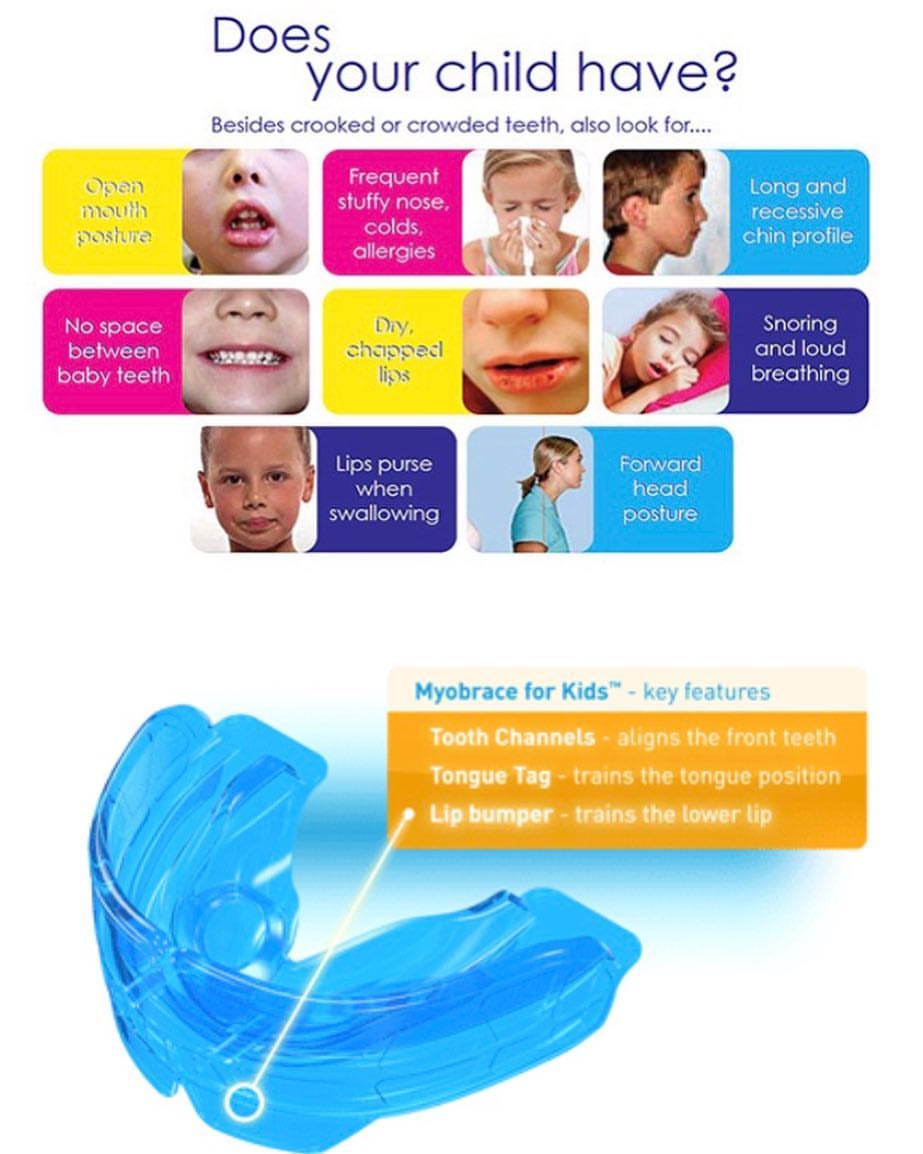
Myobrace for kids offers specific advantages focusing on orofacial development and habitual changes. These benefits are critical in ensuring healthy dental alignment and overall well-being.
Promoting Nasal Breathing
Myobrace for kids is designed to encourage proper breathing through the nose rather than the mouth. Nasal breathing is essential as it:
- Filters and warms air entering the lungs, which is healthier.
- Improves oxygen intake efficiency, supporting better energy levels and concentration in kids.
Correcting Jaw Development
Effective jaw development is critical for children. Myobrace for kids aids in:
- Aligning jaws and teeth naturally, reducing the future need for braces.
- Establishing correct oral habits that promote optimal dental arch development.
Myobrace Versus Traditional Braces
When considering orthodontic treatments for children, Myobrace and traditional braces represent two divergent approaches. Each has its methodologies, targeting various orthodontic issues and providing distinct results based on treatment goals.
Comparative Effectiveness
Myobrace employs a series of removable dental appliances that focus on correcting poor oral habits which can be the underlying cause of crooked teeth. They train the muscles of the mouth and help in aligning the teeth and jaws. Myobrace is typically used for patients as young as 3 to 15 years old, during the developmental stages of their dentition.
In contrast, traditional braces use a fixed system of brackets and wires to physically move teeth into their correct position over time. They are effective for a wide age range of patients, including adults, and are capable of addressing complex alignment issues.
| Treatment Option | Age Group | Method of Correction | Use Case |
|---|---|---|---|
| Myobrace | 3 – 15 years old (Developmental stage) | Habit correction & muscular training | Mild to moderate malocclusion & habits |
| Traditional Braces | Typically 8+ years old (Permanent teeth) | Mechanical alignment | Moderate to severe malocclusion |
Orthodontic Problems Addressed
Myobrace targets orthodontic issues from a developmental and preventive perspective. It works best for children who have crooked teeth due to incorrect myofunctional habits such as thumb sucking, tongue thrusting, and mouth breathing. By addressing these habits early, Myobrace can often prevent the need for more invasive treatments later.
Traditional braces, on the other hand, are suited to a broad range of orthodontic problems, including severe cases of misalignment, crowded teeth, overbites, underbites, and crossbites. They are a go-to solution for permanent orthodontic correction where proactive intervention can no longer play a role. Traditional braces are adjustable and allow orthodontists to refine tooth position precisely to achieve the desired results.
Suitability for Myobrace
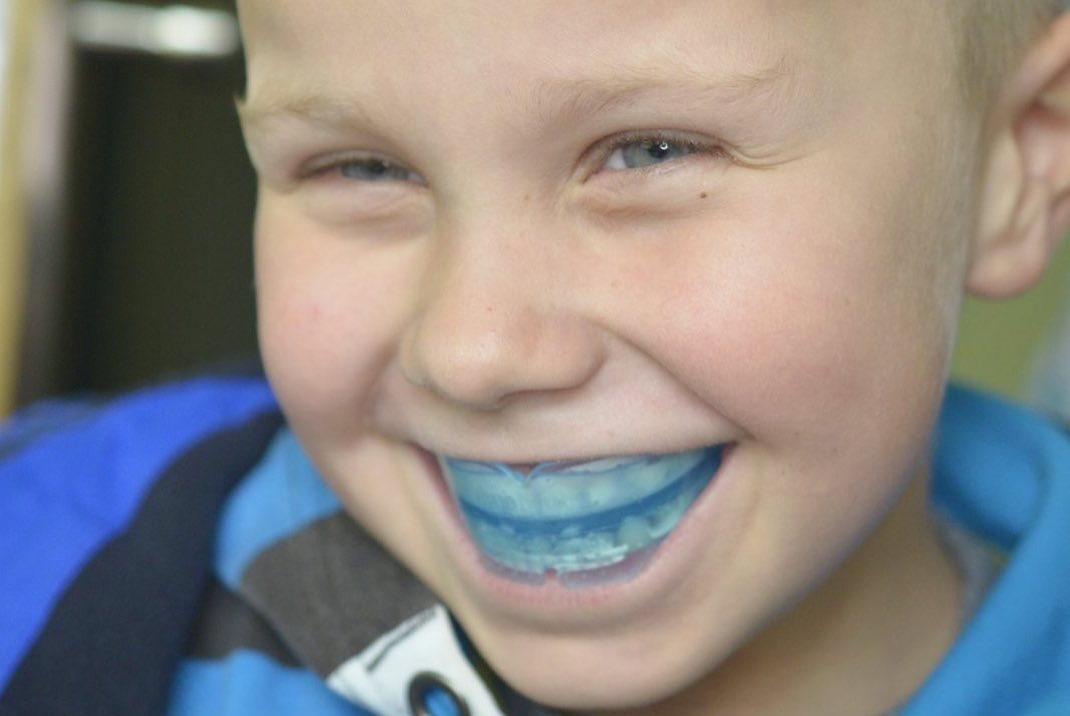
Selecting the right candidates for Myobrace treatment is integral to its success. A thorough assessment by a practitioner ensures that the child’s individual needs are met.
Assessment by a Practitioner
Practitioners must first conduct a comprehensive evaluation of the child’s oral and facial development before recommending Myobrace. This assessment typically includes:
- Review of the child’s health history: Past dental records, general health, and any breathing or swallowing patterns that may affect dental alignment.
- Oral examination: Checking for indicators of incorrect myofunctional habits such as mouth breathing, thumb sucking, tongue thrusting, and reverse swallowing.
- Dental occlusion analysis: An analysis of the child’s bite to determine if there is misalignment during the mixed dentition phase, when both baby and adult teeth are present.
Identifying Appropriate Candidates
Children who are most likely to benefit from Myobrace are typically in the mixed dentition stage, usually between the ages of 5 and 15. Key indicators that a child could be a suitable candidate include:
- Presence of myofunctional disorders: Such as incorrect tongue position, mouth breathing, and improper swallowing.
- Development of malocclusion: Early signs of crowded or crooked teeth, particularly during the mixed dentition phase.
- The child’s willingness to comply: With the daily use of Myobrace and actively engage in the myofunctional exercises that accompany the treatment.
Careful consideration by the practitioner can help determine if a Myobrace treatment is a beneficial and appropriate choice for a potential candidate.
The Treatment Process
The Myobrace system targets the underlying causes of crooked teeth, often without the need for braces, by addressing poor oral habits in children. This preventive orthodontic treatment involves stages of assessment and appliance adjustment over time.
Initial Consultation and Plan
The initial phase of the Myobrace treatment is a detailed assessment of the child’s teeth, jaw, and oral habits. During this consultation, the orthodontist will:
- Evaluate dental alignment, jaw development, and oral function.
- Identify any harmful oral habits, such as thumb sucking or tongue thrusting.
- Discuss the specific Myobrace appliance suitable for the child’s age and developmental stage.
A personalized treatment plan is then formulated, which may include exercises to improve breathing, tongue position, and swallowing.
Monitoring and Adjustments
Regular follow-ups are essential in the Myobrace treatment to ensure progress and make any necessary adjustments. These appointments typically involve:
- Monitoring the child’s oral development and appliance effectiveness.
- Adjusting Myobrace appliance sizes as the child grows and teeth align.
- Reinforcing behavioral modifications and compliance for successful outcomes.
The treatment duration varies depending on the individual needs and compliance of each child, with many experiencing improvements within several months to a couple of years.
Living with Myobrace
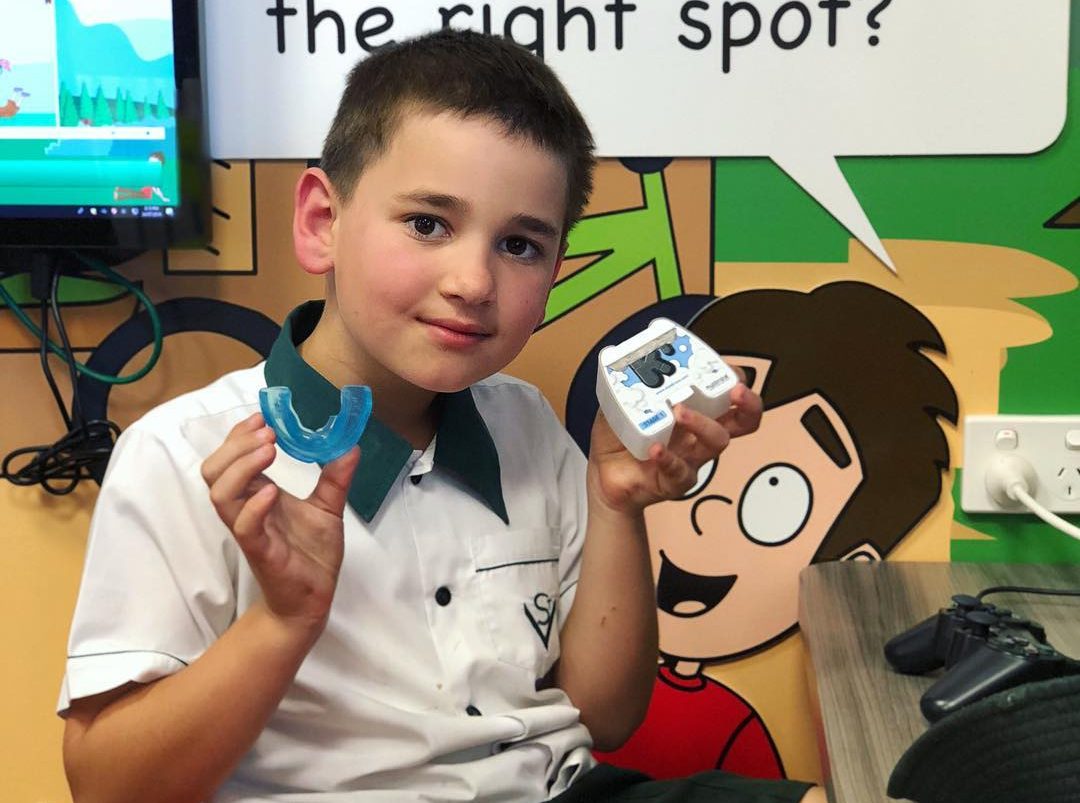
Myobrace is an appliance system designed for kids to correct poor oral habits and realign teeth. It’s a commitment that requires a solid routine for maximum effectiveness.
Daily Routines and Habits
The success of Myobrace largely depends on the child’s daily habits. Consistency is key for children as they become accustomed to wearing the appliance system. They typically need to wear the Myobrace for 1-2 hours each day and overnight while sleeping.
- Morning:
- Rinse the Myobrace in water after removing upon waking.
- Perform prescribed Myobrace activities to strengthen the jaw muscles.
- Evening:
- Insert the Myobrace before bedtime after teeth brushing.
- Ensure the appliance is seated correctly in the mouth.
Adherence to this routine helps address issues such as mouth breathing, aiding in the development of proper oral posture.
Long-term Maintenance
Maintaining the Myobrace system involves regular cleaning and attendance at check-ups.
- Cleaning Schedule:
- Daily: Clean with toothbrush and water.
- Weekly: Rinse with an approved cleaning solution.
- Check-ups:
- Children should have their progress monitored by a dental professional regularly to ensure the appliance is functioning correctly and to make adjustments as needed.
Through consistent use and maintenance of the Myobrace, children can improve their oral habits and potentially reduce the need for more invasive dental corrections later in life.
Conclusion
Myobrace for kids is a preventive pre-orthodontic treatment designed to address the underlying causes of crooked teeth, often without the need for braces. This treatment focuses on oral habit correction and works by teaching children to breathe through their noses, position their tongues properly, and swallow correctly.
The benefits of Myobrace include:
- Promotion of healthy jaw development: Myobrace helps in aligning the jaws for optimal growth.
- Improved facial development: It can enhance facial aesthetics by encouraging natural growth patterns.
- Decreased need for braces: Many children may avoid or reduce future orthodontic treatment.
Treatment with Myobrace is most effective when started at an early age, generally between the ages of 3 and 15. Success rates are subject to the child’s compliance, the severity of the issue, and consistency in wearing the device.
| Considerations with Myobrace | Description |
|---|---|
| Duration of Treatment | Varies, but it generally extends over several months. |
| Age for Starting Treatment | Optimal between 3 and 15 years. |
| Daily Usage Requirement | Recommended 1-2 hours daily and overnight. |
| Compliance | Essential for effectiveness. |
Before starting Myobrace, a consultation with a trained dental professional is crucial to determine suitability for the child and to design a customized treatment plan. As with any dental treatment, follow-up visits are necessary to monitor progress and make adjustments to the treatment as needed.
As with any medical or dental intervention, parents and guardians should consider the potential long-term benefits against the commitment required. Myobrace, with its focus on non-invasive treatment and addressing oral habits, offers a valuable option for families seeking a holistic approach to dental health for their children.

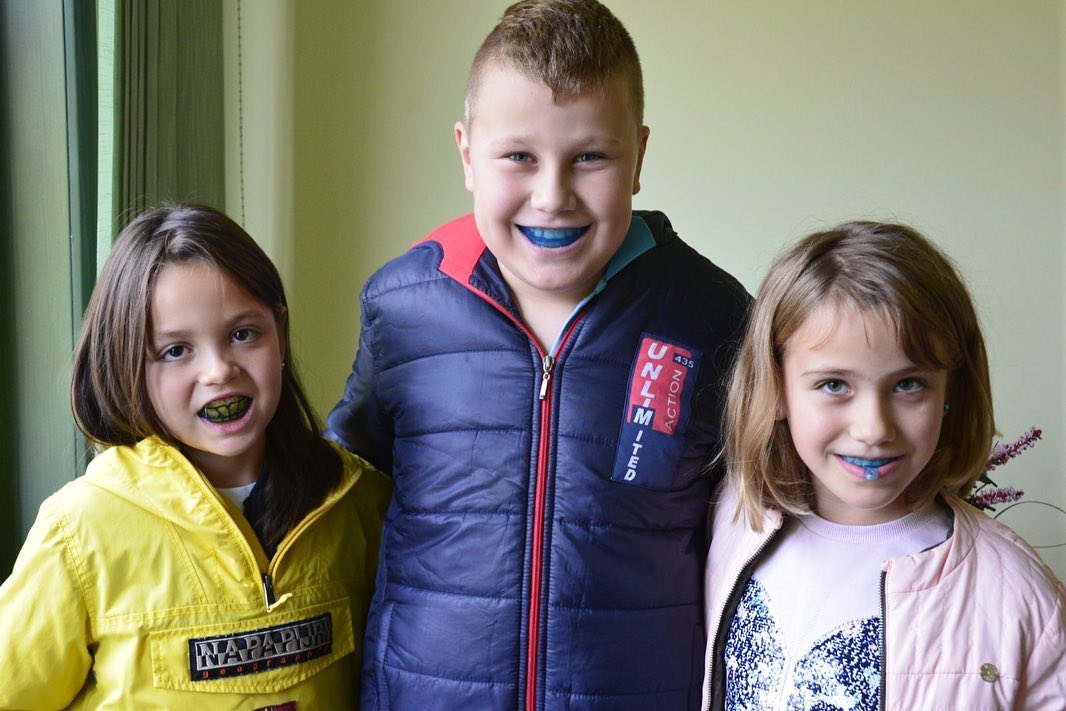

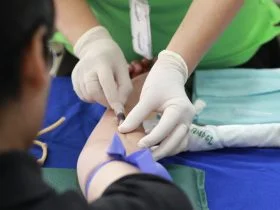
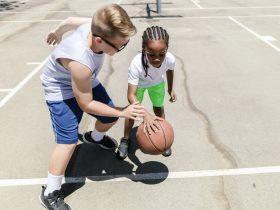
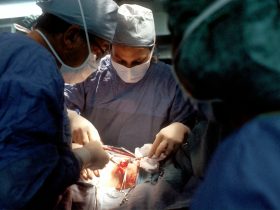

Leave a Reply
View Comments